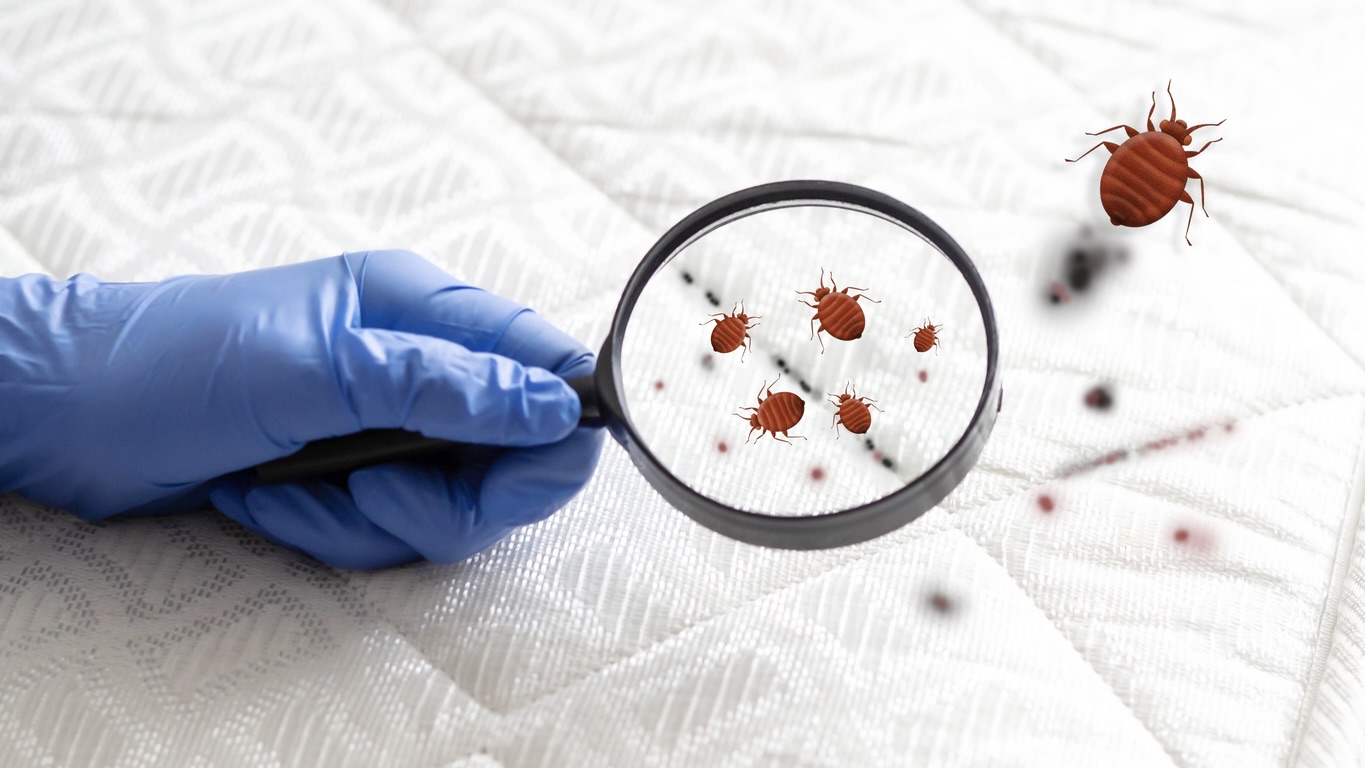Dust mites are invisible to the naked eye and feed on tiny flakes of human skin that fall on bedding and upholstery. They release waste particles that become airborne and, when inhaled, can trigger sneezing, wheezing, nasal congestion and even asthma.
Published Aug 06, 2025 | 7:00 AM ⚊ Updated Aug 06, 2025 | 7:00 AM

Bedrooms are ground zero for dust mite colonies.
Synopsis: Studies analysing bed scrapings from across India found that Bengaluru had the highest concentration of dust mite allergens per gram of dust. Mites thrive in beds, mattresses, pillows and soft furnishings, accounting for about 80 per cent of the city’s indoor allergy cases, and contributing to its reputation as India’s allergy capital. These allergies can be managed, but prevention at home is key, beginning with how you clean your bed.
If you are in Bengaluru and waking up with a stuffy nose, itchy eyes or constant sneezing, don’t rush to blame the weather or pollution. The real culprit may be right under your blanket.
Dust mites, microscopic creatures that live in bedsheets, mattresses, pillows and cushions, are among the biggest contributors to Bengaluru’s growing allergy crisis. This is one of the reasons why the city has earned the title of India’s allergy capital.
“Around 80 percent of indoor allergy cases we see here are triggered by dust mites, not roadside dust as most people assume,” said Dr Gayatri S Pandit, Consultant ENT and Allergy Specialist at Samarth ENT & Allergy Centre, speaking on South First’s Health for You podcast.
Dust mites are invisible to the naked eye and feed on tiny flakes of human skin that fall on bedding and upholstery. They release waste particles that become airborne and, when inhaled, can trigger sneezing, wheezing, nasal congestion and even asthma.
Most people don’t realise that bedrooms, especially the beds they sleep on every night, are ground zero for dust mite colonies.
“It’s the bedspread, the bedsheet, the mattress, the carpet and even soft toys, all of these provide the perfect hiding spots,” said Dr Pandit.
Studies analysing bed scrapings from across India found that Bengaluru beds had the highest concentration of dust mite allergens per gram of dust, far more than samples from Delhi or Chennai.
“Bengaluru’s moderate temperatures and high relative humidity, often over 75 percent, create ideal breeding conditions for dust mites,” explained Dr Pandit. “It never gets hot enough to kill them off like in Rajasthan, or cold enough to halt their growth like in the North.”
Dust mite allergies can be managed, but prevention at home is key, starting with how you clean your bed.
Dr Pandit recommends:
If your “cold” won’t go away, or your child has chronic nasal problems, don’t keep blaming pollen or pollution. The invisible ecosystem in your bed could be the cause, especially in a city like Bengaluru, where conditions are perfect for dust mites to thrive.
“We can’t change the city’s climate, but we can change how we live inside our homes. That makes all the difference,” Dr Pandit said.
